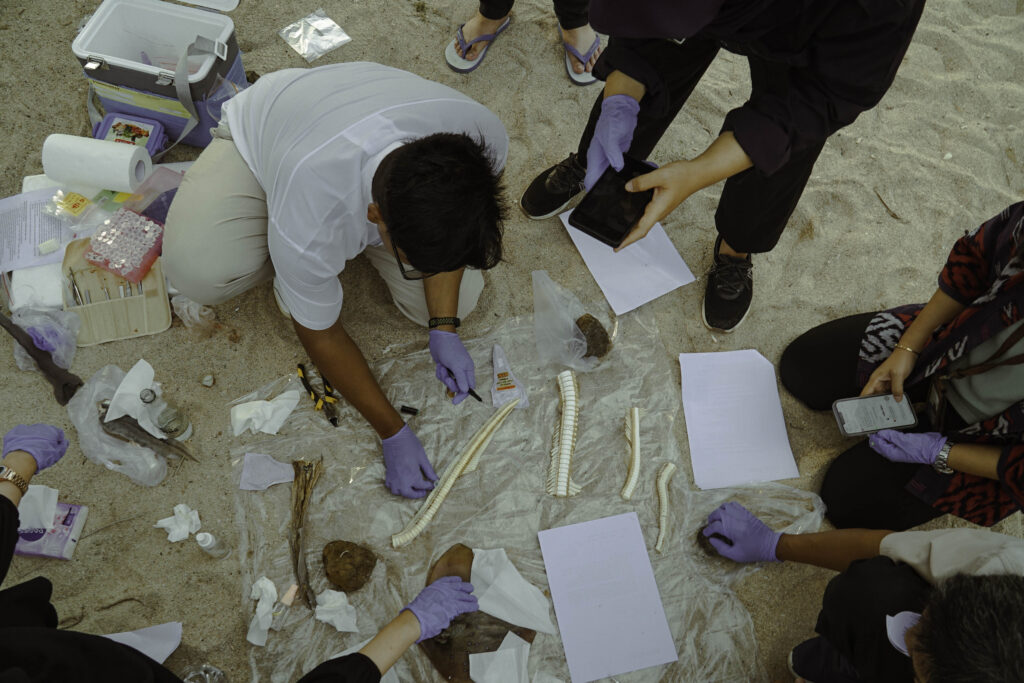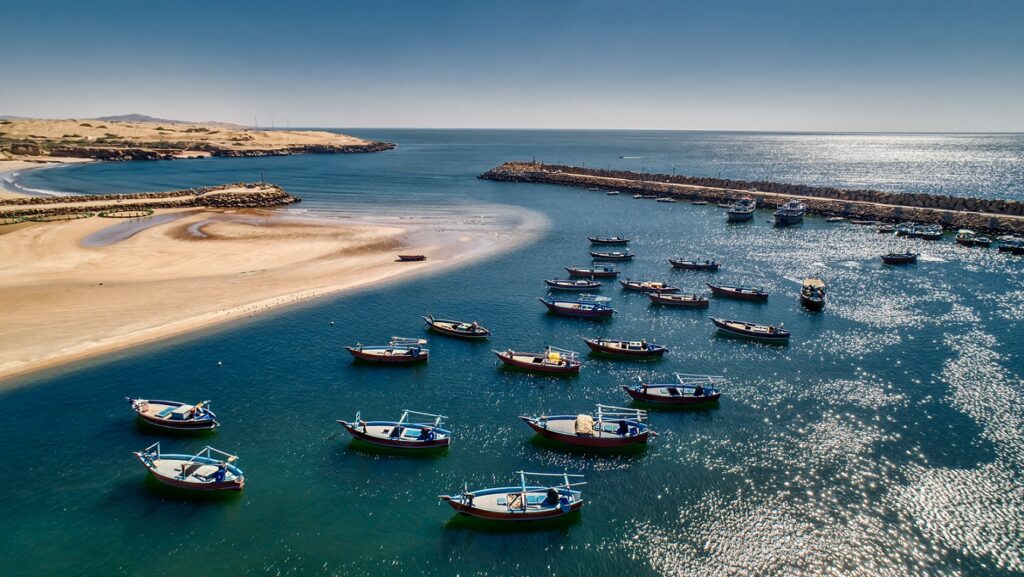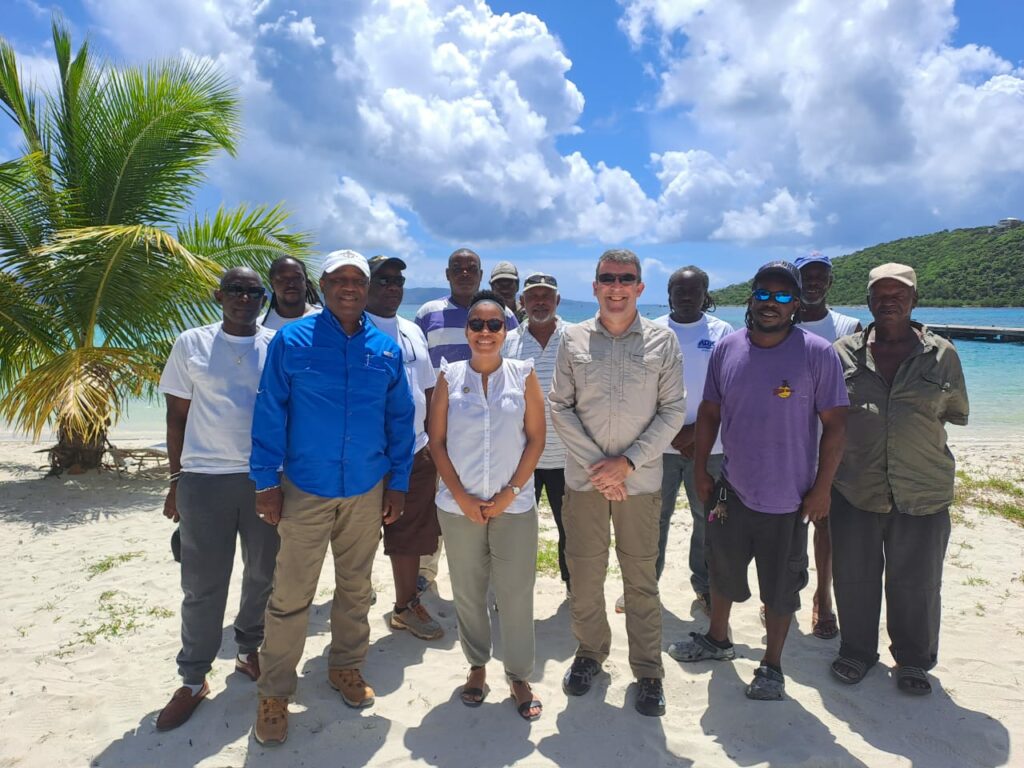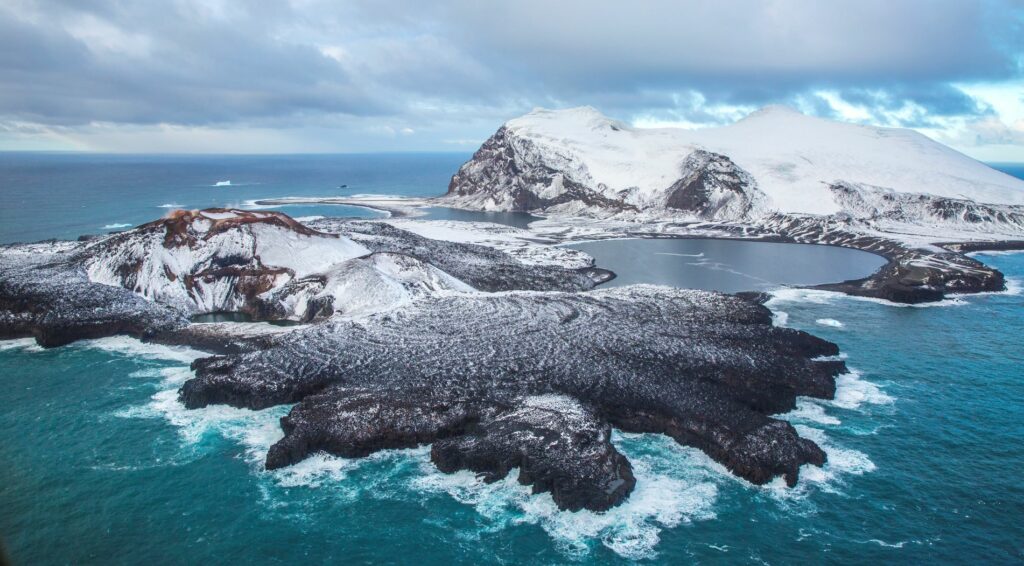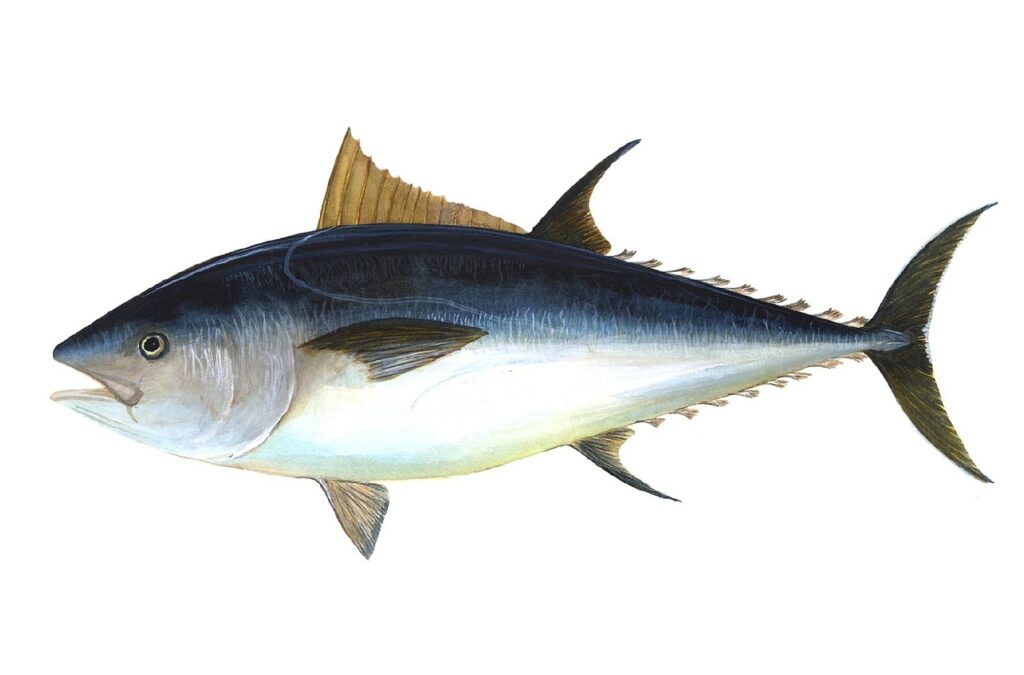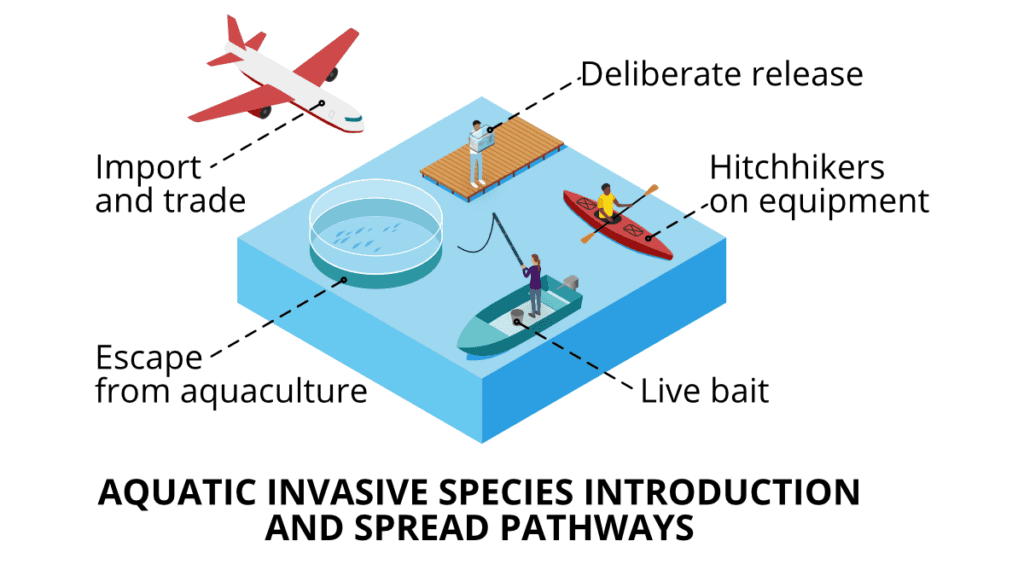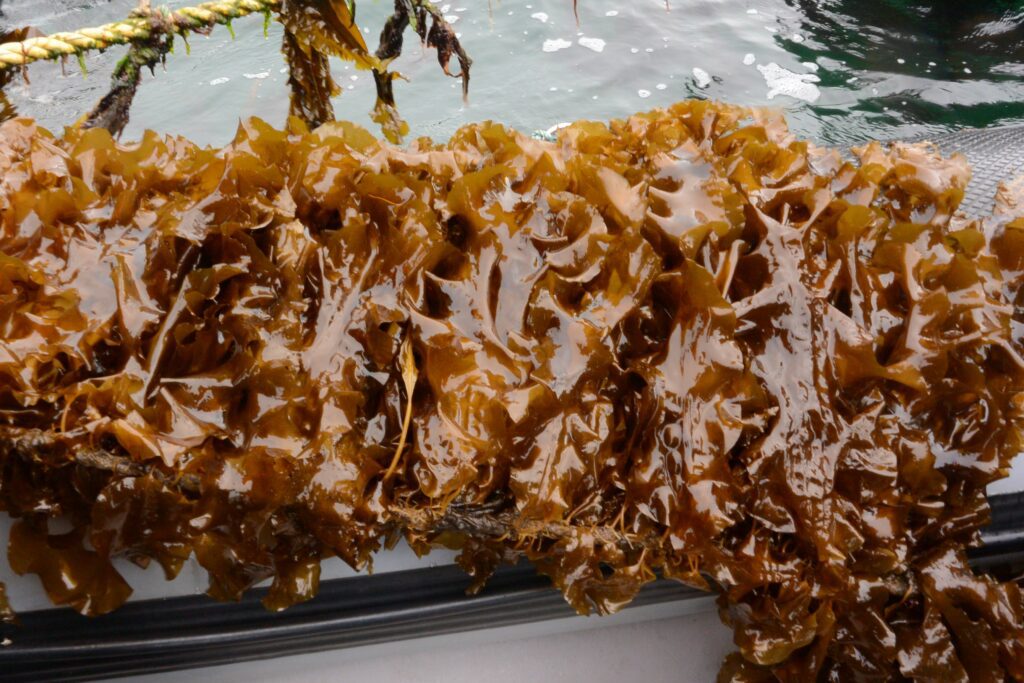From Listings to Lasting Protection: Strengthening Indonesia’s Capacity to Safeguard Threatened Sharks and Rays
From Listings to Lasting Protection: Strengthening Indonesia’s Capacity to Safeguard Threatened Sharks and Rays
Indonesia is one of the world’s largest producers and exporters of shark and ray products. As the CITES Conference of the Parties convenes in Samarkand, Uzbekistan, and governments from around the world debate and decide on proposals for new species listings, work is underway across Indonesia to translate these commitments into practice.
